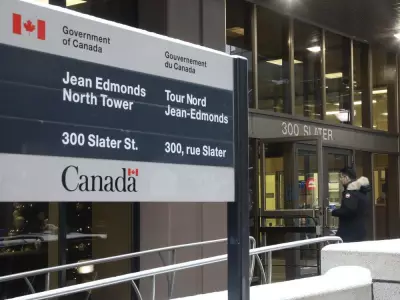
The Canadian federal government finds itself in a state of uncertainty regarding one of its most critical policy announcements—the annual immigration levels plan. Despite repeated inquiries, officials remain unable to provide any definitive timeline for when Canadians can expect to see the 2024 immigration targets.
Minister's Office Remains Silent on Timeline
During a recent technical briefing, senior government officials acknowledged they simply don't know when the immigration levels plan will be made public. This marks a significant departure from previous years when the plan was typically released by early November.
The minister's office has maintained radio silence on the matter, refusing to offer even a rough estimate of when the announcement might come. This lack of transparency is creating growing concern among immigration advocates, provincial governments, and potential applicants alike.
Mounting Pressure on Multiple Fronts
The delay comes at a particularly sensitive time for Canadian immigration policy. The country continues to grapple with:
- Housing affordability crises in major urban centers
- Healthcare system strains across provinces
- Infrastructure challenges in rapidly growing communities
- Political pressure to balance economic needs with service capacity
Historical Context and Current Challenges
Historically, Canada has used immigration as a key tool to address labor shortages and support economic growth. The current government has been particularly aggressive in setting ambitious immigration targets, with the 2023 plan aiming to welcome nearly 500,000 new permanent residents annually by 2025.
However, the combination of rising public concern about housing costs and infrastructure limitations appears to have created internal government debates about the appropriate level of immigration moving forward.
What This Means for Applicants and Stakeholders
The uncertainty creates practical challenges for:
- Potential immigrants who need to plan their lives and careers
- Employers relying on immigration to fill labor gaps
- Provincial governments that must align their services with federal targets
- Settlement organizations that require advance notice to scale their services
As the delay continues, stakeholders across the immigration system are left wondering whether the government is reconsidering its approach or simply struggling with internal coordination. Either way, the prolonged silence is speaking volumes about the challenges facing Canada's immigration system.





